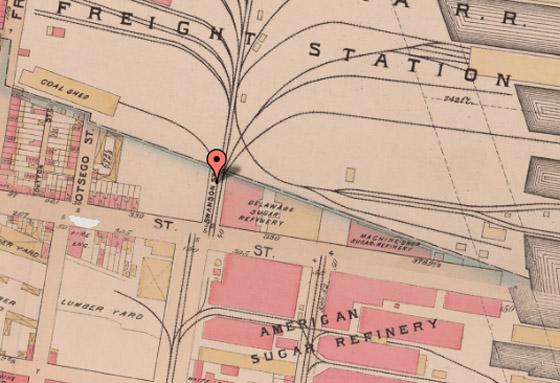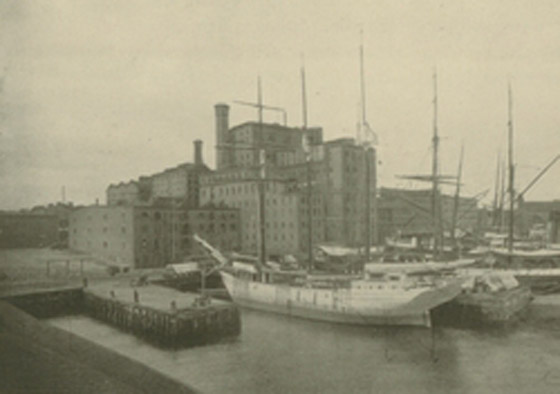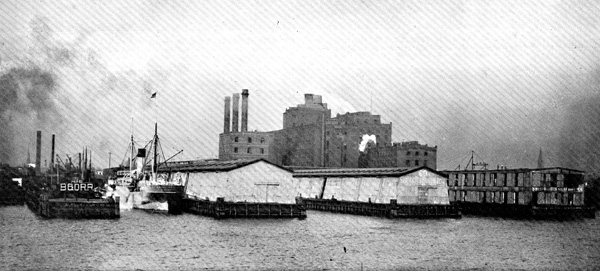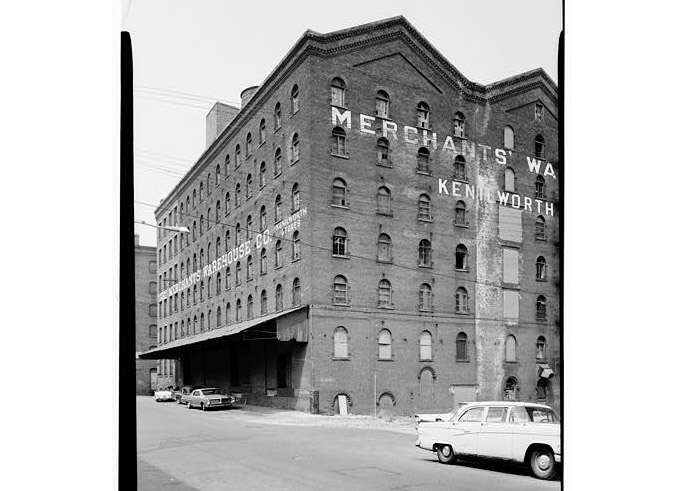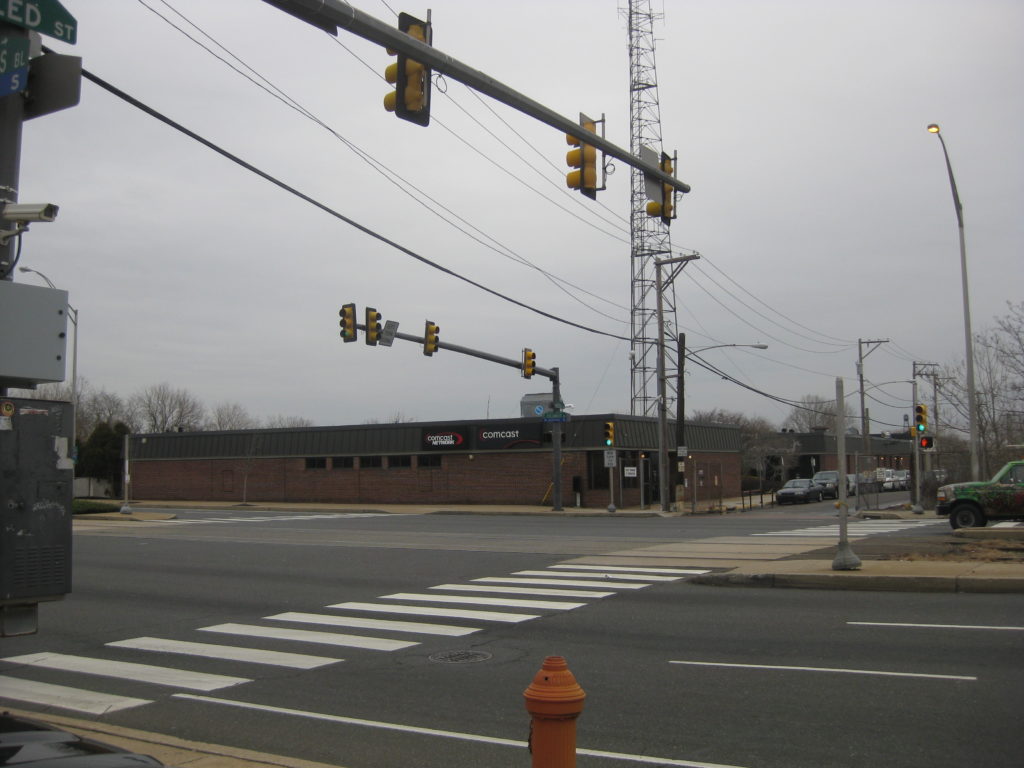As a Comcast customer, you can handle most account matters online or over the phone. But if you ever need to return an old cable box, make payment in person, or just give them a piece of your mind with the help of dramatic facial expressions, you need to visit a Comcast Service Center. If you live in Pennsport, chances are it’s the one at 1351 S. Columbus Blvd. Flanked by a scary lot of unkempt woods on one side and a scary lot of unkempt grass on the other, this hardly looks like the site of a major industrial operation. But that it was according to the image below from G.W. Bromley’s 1895 Philadelphia Atlas.
According to engineer George Newhall, whose court testimony is recorded in the 1912 volume, United States of America, Petitioner, Against the American Sugar Refining Company, “if you want to be very particular about it, I may say the Delaware Sugar Refinery was a molasses house and I remodeled into a sugar refinery.” Indeed, during this time, the South was in a phase of ongoing reconstruction following the devastation of the Civil War. Thus, much of the refining activity that took place near southern plantations soon migrated north to Philadelphia’s waterfront. Here below, the Delaware Refinery was taken over by the Franklin Sugar Refinery. The image below, taken from Philadelphia Buildings, shows the Franklin Refinery in 1899.
Soon, that sugar refinery was consumed by the expanding American Sugar Refining Company, which achieved a general monopoly over the sugar refining industry in the United States with its purchase of 4 major refineries in Philadelphia. Its dominance is demonstrated by this 1900 photo of the waterfront area taken from King’s Views of Philadelphia.
At its peak of power, the American Sugar empire would attract the negative attention of the US government. According to Wikipedia, special Congressional hearings were held starting in 1911 to push for the dissolution of the monopolistic firm. By 1922, an agreement was put into place that preserved the firm but forced it to depart from its unfair practices. Its singular control in the industry would decline significantly, though it would retain most of the leading brand names in sugar through the 20th century, including Domino Sugar.
Though American would be largely dismantled from its prior scale, Franklin would remain in existence in some form at least through the early 1960s. The image below, taken from the Library of Congress, shows a structure several blocks to the north that once belonged to the Franklin Refinery in the early to mid 1960s. Clearly, Philadelphia is no longer the sugar refining hotbed it once was.
Admittedly, it doesn’t look that much better today. Below, the Comcast Service Center stands like a beacon to all Philadelphians in surrounding zipcodes who love waiting on line only to receive subpar customer service.
–David Tomar

